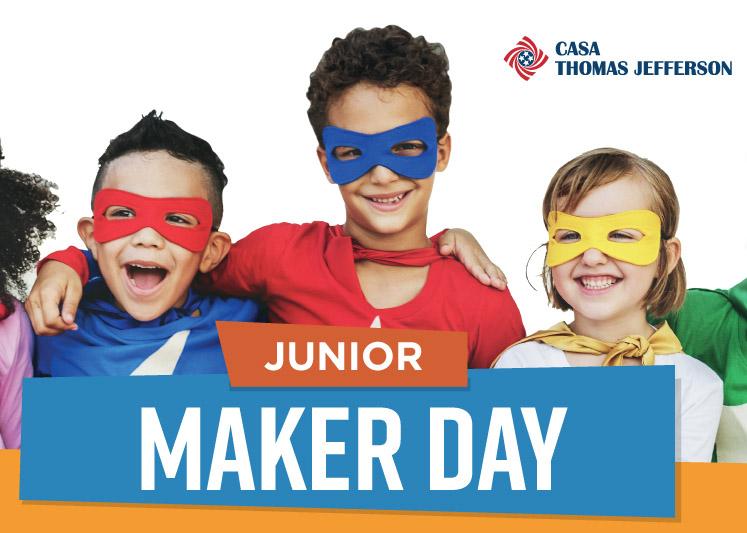
Would you agree to say that nowadays many kids spend way too much time indoors consuming technology? Would you go as far as saying that all this time in front of multiple screens have few positive aspects to it? But, isn’t it also true that many kids who are extremely frustrated in classrooms are YouTubers, gamers, coders, or hooked on tutorials and creative play? How might we narrow the gap and design learning experiences that are both relevant and engaging to children who easily become bored, start squabbling and end up playing games on their smartphones?
Many schools and libraries are turning to project-based learning and redesigning the ways people interact, understand, and take part in their own learning processes. This change in the educational setting is welcome and much needed. But, we must not be naive. Kids are natural makers, and if you give them a few tools, their imagination will do the rest. However, they will probably need to learn how to be persistent, resilient and collaborative before they engage in industrious and creative work.
One of the first lessons CTJ makerspace staff learned after delivering maker workshops and camps is that students don’t always know what to do with maker tools like Snap Circuits or Makey Makey and might get overwhelmed with too many choices. Many do need help unlocking their creativity and dealing with frustration as they build their maker capacities, at least at first.
So, how to engage children in meaningful, purposeful tinkering, especially if they do not speak English as their first language?
CTJ makerspace has been offering youth in Brasilia a rich portfolio of activities. Parents may choose from 3D Printing for Kids, Coding, Super Hero Design Challenges or Goldberg Machines. Each of these activities involves kids learning how to use real tools safely, getting a mission, and collaborating to solve a challenge, using their own hands and creativity. During our last Maker Day – Make Your Own Superhero, students were encouraged to think about challenges we face nowadays. A skilled Casa Thomas Jefferson English teacher facilitated the session and used strategies to make sure students not only coped with the authentic language that emerged, but also participated actively and unleashed their problem solving and creativity.
During maker-centered activities, students get interested in making the project work. Sometimes the task may seem too ambitious for the short time teachers have. So plan challenges that revolve around prompts, but still allow students the flexibility needed to make the project their own. When students are immersed in making, there is intrinsic motivation involved, and they most likely will be eager to share what they have created. This genuine interest to talk and write about their inventions might facilitate the acquisition of the English language, for when students purposefully devote themselves to a task, they are more prone to achieving success.
Both project-based learning and maker-centered learning involve the creation of tangible products. When students are excited and engaged in the inquiry process supported by learning technologies that help them push beyond their current abilities, they become able to create a set of tangible objects that they will probably be proud of. If the teacher motivates these learners to publicly share their results, there is a great chance they will do it eagerly and produce language to their best possibilities.
Sarah - Maker, 2/Set/2024